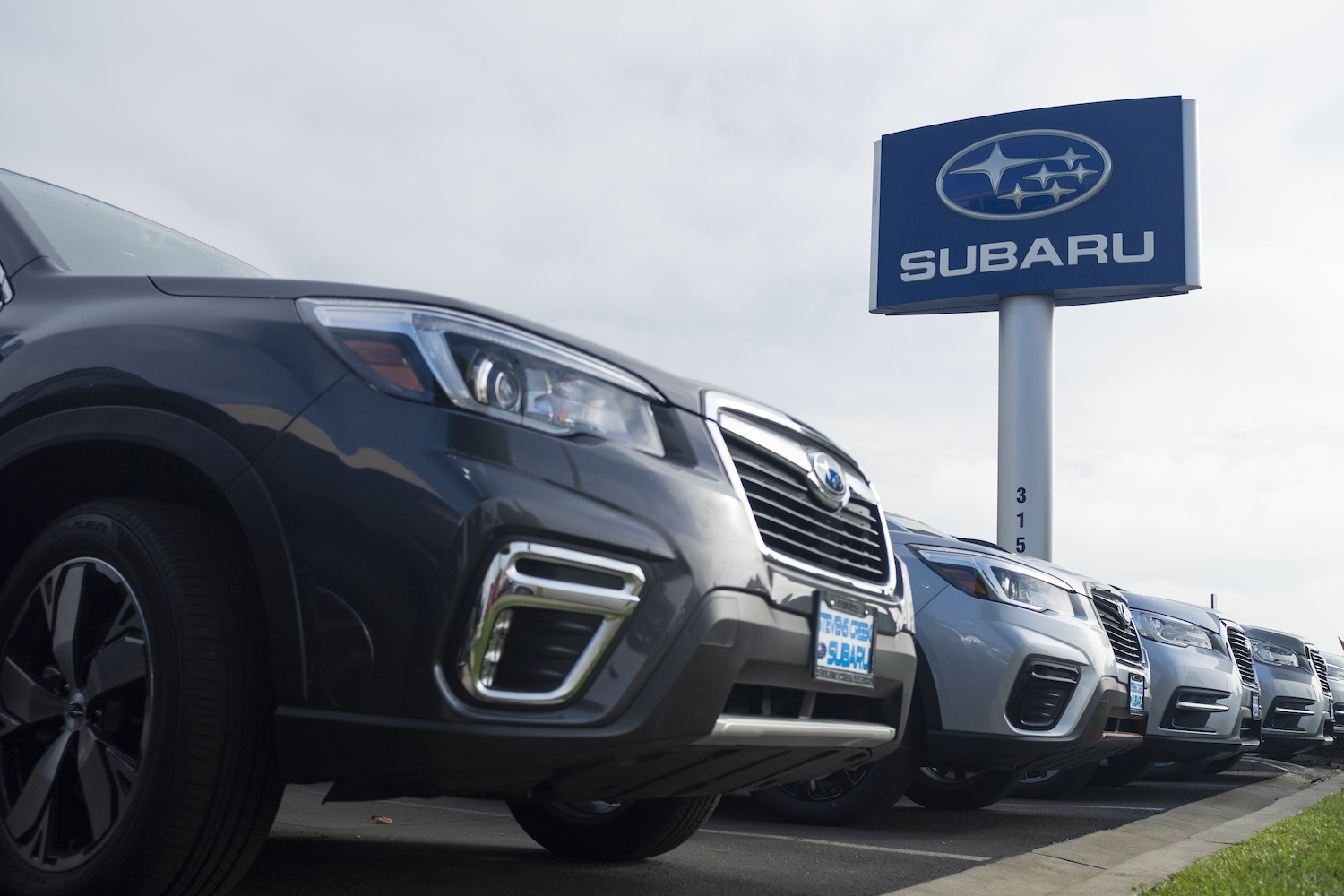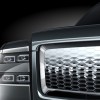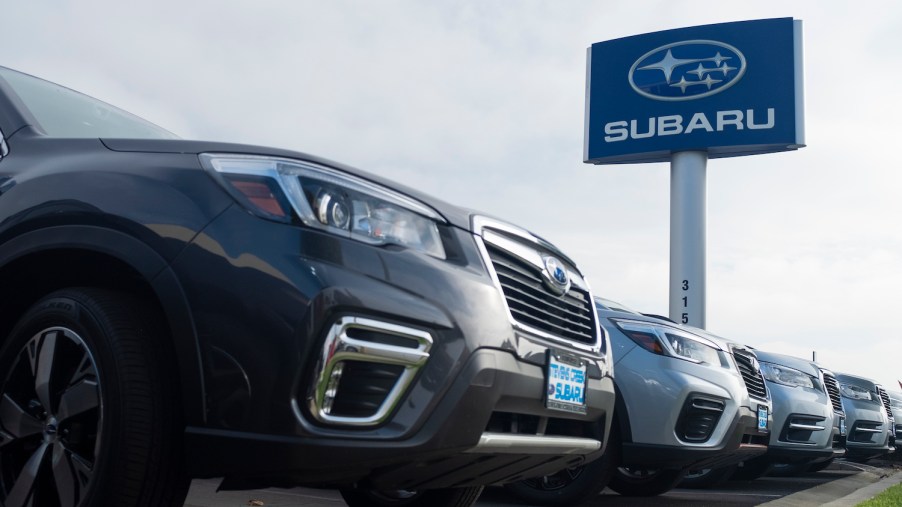
What Is A Crossover Car?
A crossover car is a type of automobile. Also known as a crossover utility vehicle, CUV, or crossover SUV–they share a chassis with a car. But a crossover is larger than a car, often with more ground clearance. The difference between a crossover and an SUV comes down to how the vehicle was constructed.
This history of the crossover, SUV difference
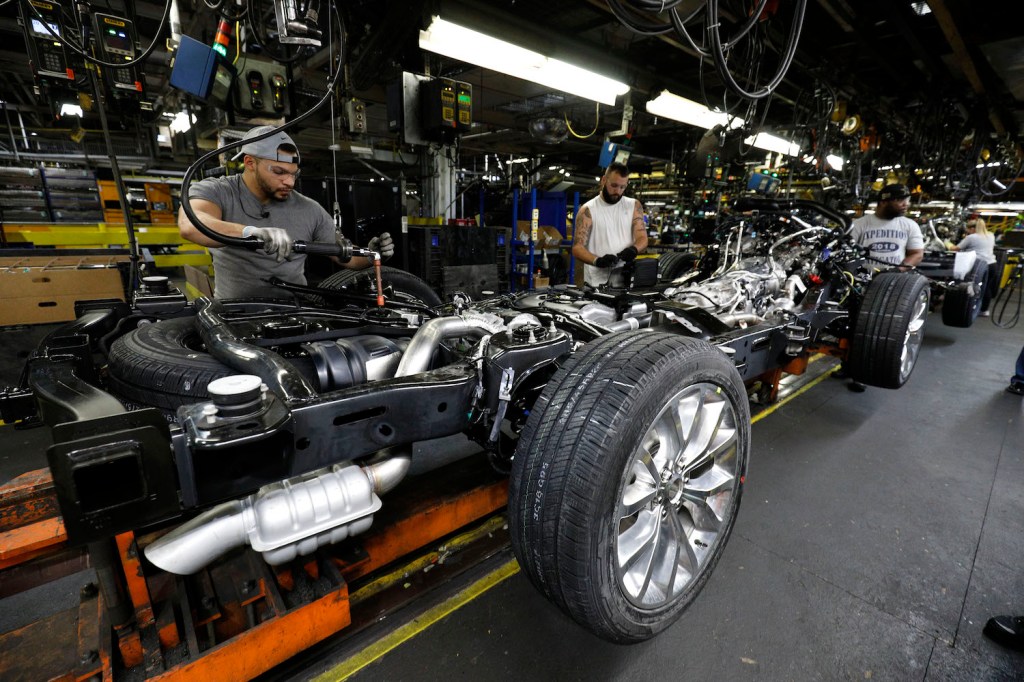
Some say the sport utility vehicle (SUV) predates the crossover utility vehicle (CUV)/crossover car by decades. SUVs are vehicles built on truck chassis. But instead of an open bed, they feature a closed body for cargo or passengers. In this way, they offer the same “utility” as a truck (rugged construction, towing capacity, available 4WD).
SUV became a popular marketing term in the 1980s. But back in 1949 Willys offered the Jeep Station Wagon on a traditional Jeep ladder frame. The vehicle, with available 4×4, is often considered the first SUV. In 1956 and 1957 respectively, International Harvester and Dodge built SUVs on truck frames. These were the Dodge Power Wagon Town Wagon and the International Harvester Travellall. Many auto manufacturers still offer full-frame SUVs that share a chassis with their trucks.
All of these full-frame vehicles (both trucks and SUVs) feature a ladder frame. The engine, transmission, and axles all attach to this frame. Then the manufacturer attaches the vehicle’s body to this frame. The result is a heavy-duty vehicle suitable for towing and off-roading that is easy to modify.
A crossover car may look like an SUV, but it is constructed very differently. A crossover’s body is its frame. This automobile style is called unibody construction.
The history and benefits of unibody construction for crossover, car vehicles
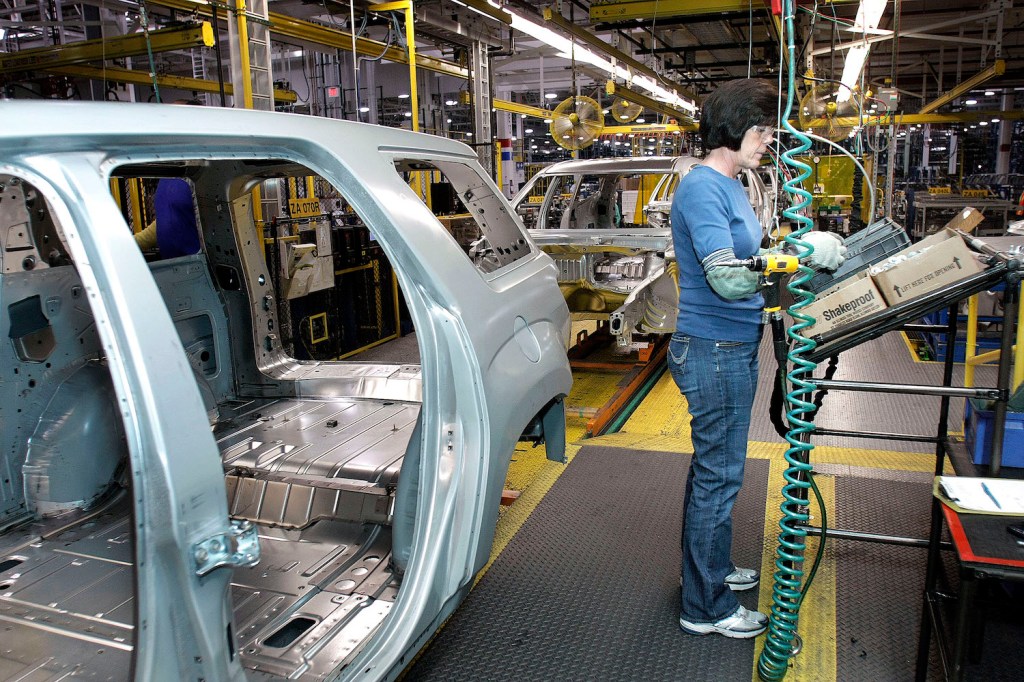
Automakers constructed the first cars just like early trucks: bodies attached to full ladder frames. By the 1950s, many manufacturers sought to make lighter, nimbler, more efficient cars that sat lower to the ground. This quest led to unibody construction.
In unibody construction, the vehicle’s body doubles as its frame. Factory workers build the body first. Then they attach the engine, transmission, and axles directly to the body. Such a vehicle is often lighter than a full-frame counterpart. This makes it faster, better balanced for cornering, more fuel-efficient, and lower to the ground.
By the 1960s, most auto manufacturers transitioned to unibody construction for cars. Detroit’s Big Three automakers continued to build full-frame trucks for American tradespeople. By the 1980s, they all ramped-up marketing of their SUV variants of these trucks. These SUVs were classified as trucks and thus subject to laxer emissions regulations.
As SUV demand grew, many buyers sought out the quickest and most fuel-efficient model. This market demand led to an all-new vehicle. The crossover used unibody construction, like a modern car, but offered the cargo and passenger capacity of an SUV.
The rise of the crossover car and the crossover definition explained
Many early crossovers were taller versions of existing station wagons. One example is the Honda CR-V which at first shared its drivetrain with the AWD Civic wagon.
Over the decades, improved manufacturing and materials have allowed larger unibody vehicles. The latest generation of the Honda CR-V is much larger than the Civic, even offering a third row of seating. Its competitors, from the Volkswagen Atlas to the Subaru Ascent, also offer three rows of seats. These vehicles all also offer AWD, like their SUV counterparts.
At the same time, the average crossover comes in at just 3,950 pounds. On the other hand, the average midsize SUV weighs 5,000 pounds, a full-size can way 6,000 pounds. The weight difference is evident in everything from fuel efficiency to handling. These features are important to vehicle buyers. As of 2006, the crossover car surpassed the traditional, full-frame SUV in vehicle sales.
